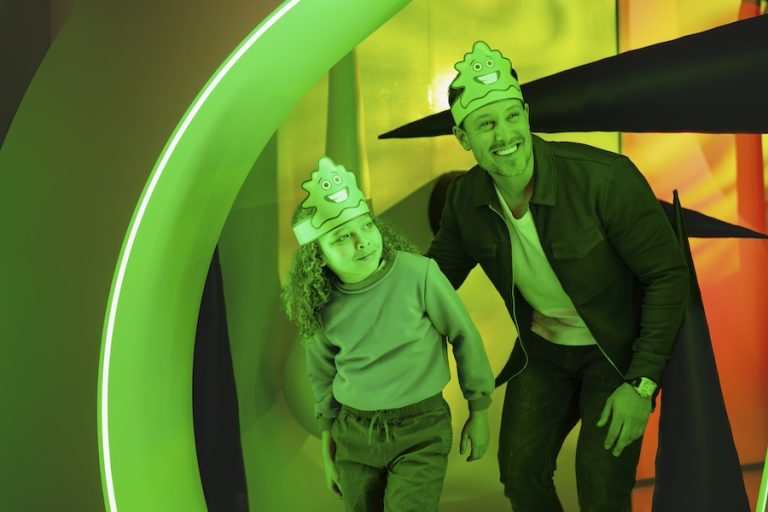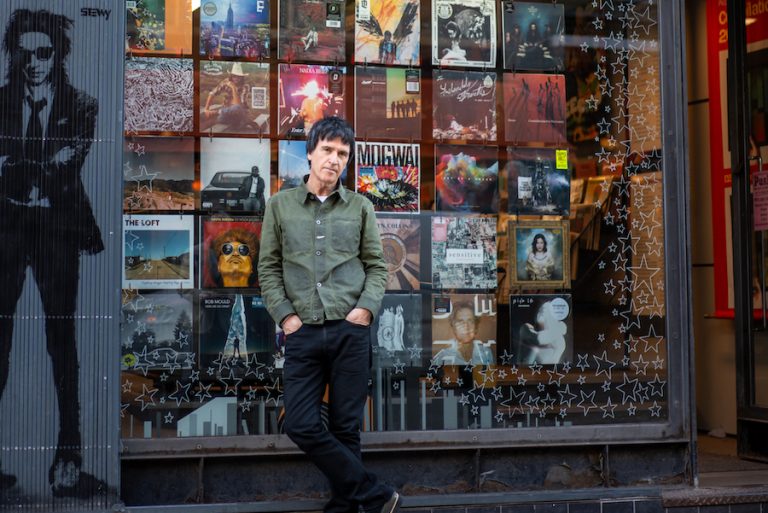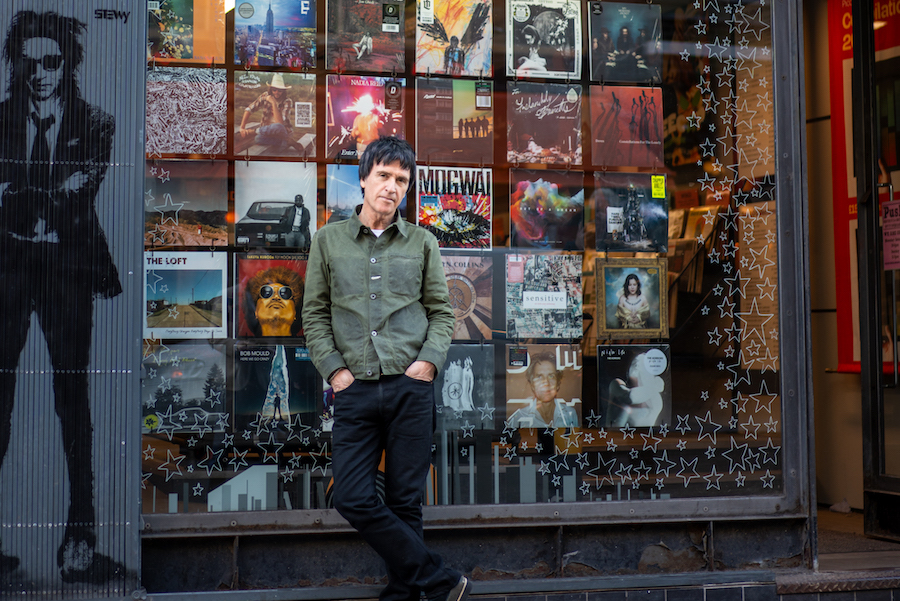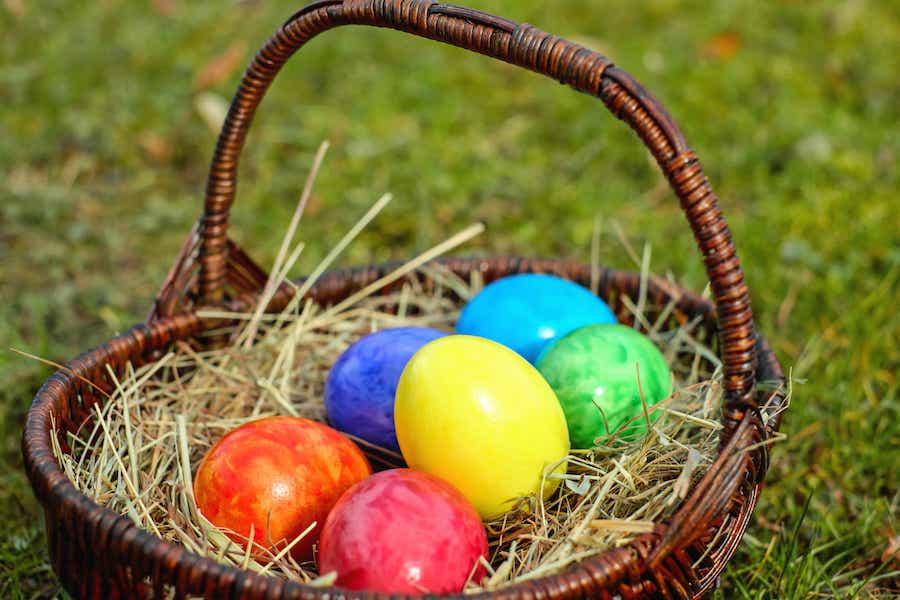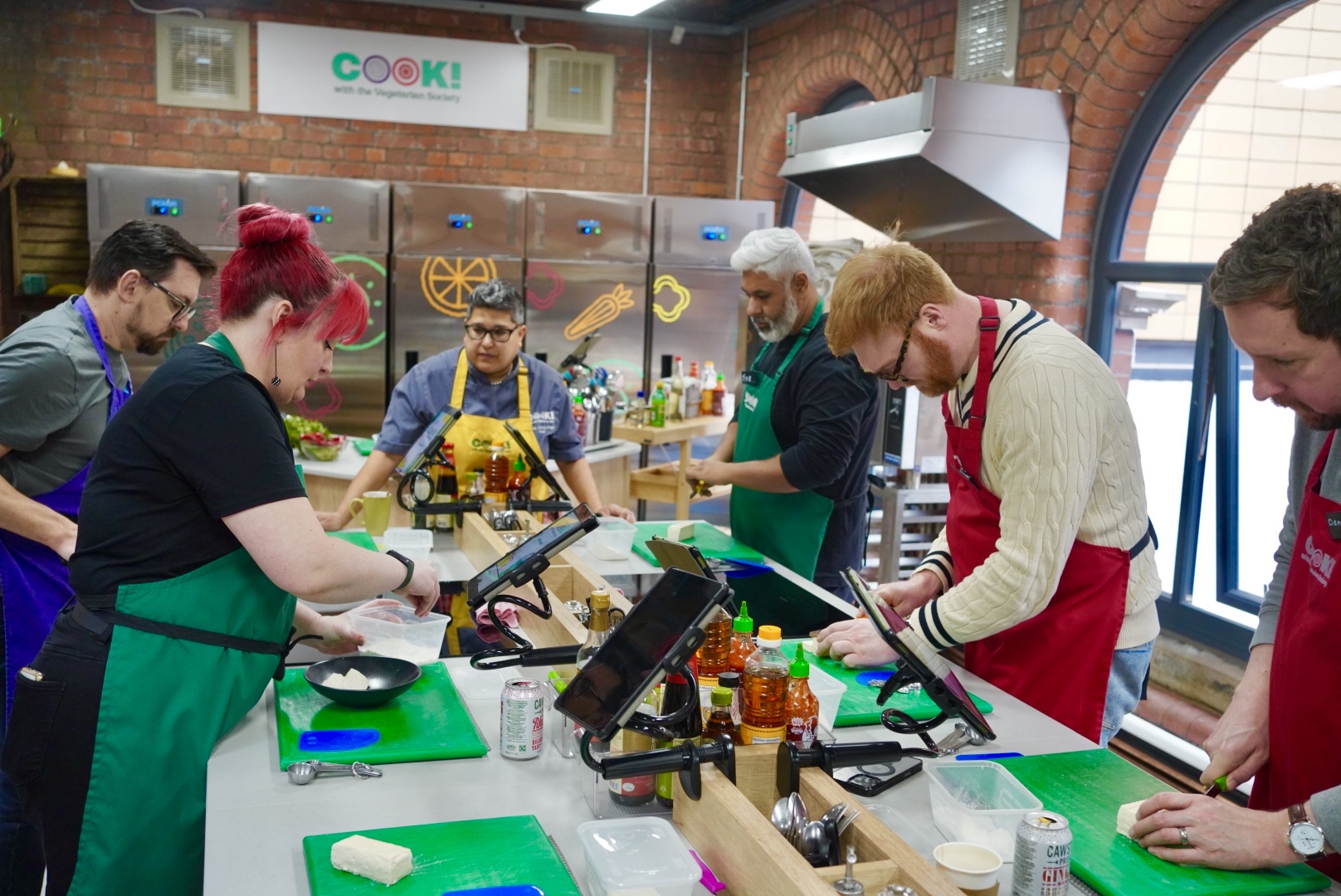Rice Krispies celebrates 90th birthday – and UK production began here in Manchester
- Written by Louise Rhind-Tutt
- Last updated 6 years ago
- Food & Drink, Trafford
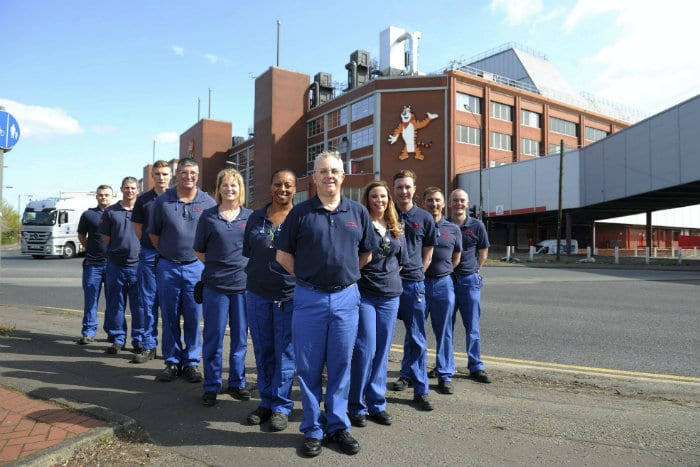
Kellogg’s Rice Krispies is today celebrating its 90th anniversary in the UK, having first arrived in Britain from America in November 1928.
Marketed as “the talking cereal” – because of the sound it made when milk was poured onto it – it was initially sold by door-to-door salesmen.
Within eight years, Brits were devouring around 1.5 million boxes a year. As a result, American cereal company Kellogg’s opened a UK factory in Stretford, Manchester, in 1938.
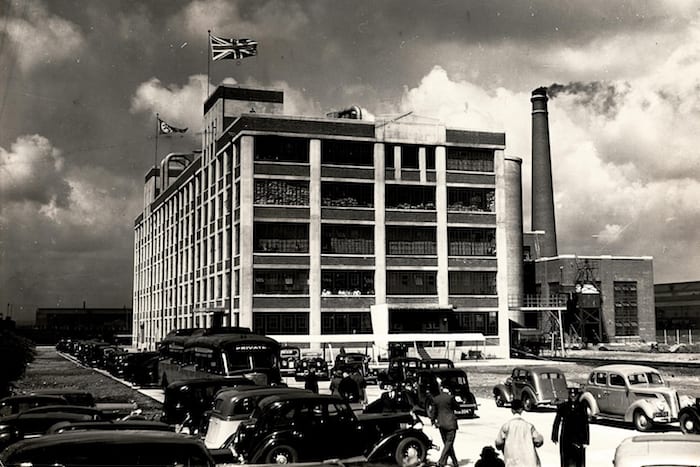
Today, more than 20 million boxes of the breakfast cereal, which gave Jonathan Ross his TV debut in an advert in 1970 aged 10, are bought every year in the UK.
There are 18,000 individual grains of rice in each standard packet of Rice Krispies – every one is made from a single grain of rice.
When the rice grain is cooked it is filled with air. When milk is added, the Rice Krispies start to absorb the milk, forcing the air inside to ‘escape’ and the wall to break, creating the ‘snap, crackle and pop’. If you look carefully, you can also see air bubbles on the surface of the milk.
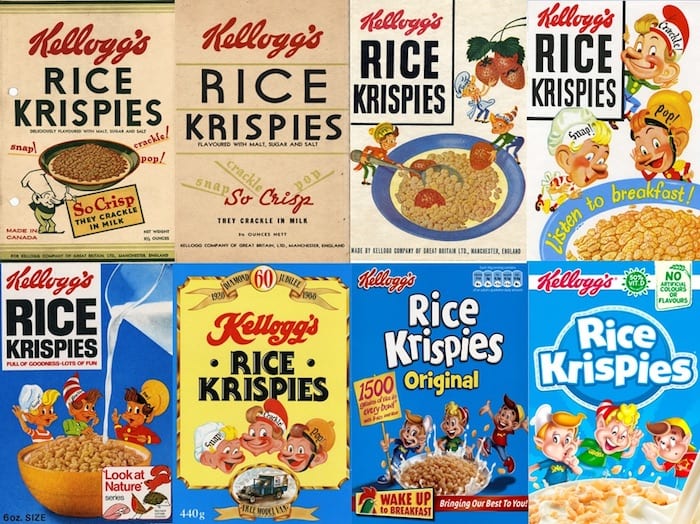
Rice Krispies were invented in Battle Creek, Michigan, USA, in the mid-1920s by William Keith Kellogg. The popular Snap, Crackle and Pop characters first appeared in radio jingles in 1932, and a year later a gnome wearing a baker’s hat appeared on the side of a packet introducing Snap to the British public.
The other two gnomes, Crackle and Pop, appeared with Snap in adverts and on boxes a few years later, and the trio appeared for the first time on television in 1960 and continued until the mid ‘00s. Famous TV adverts include a jingle by the Rolling Stones in 1963.
in 1942, Rice Krispies production ceased for the war due to a rice shortage, but were back on the market in 1951.
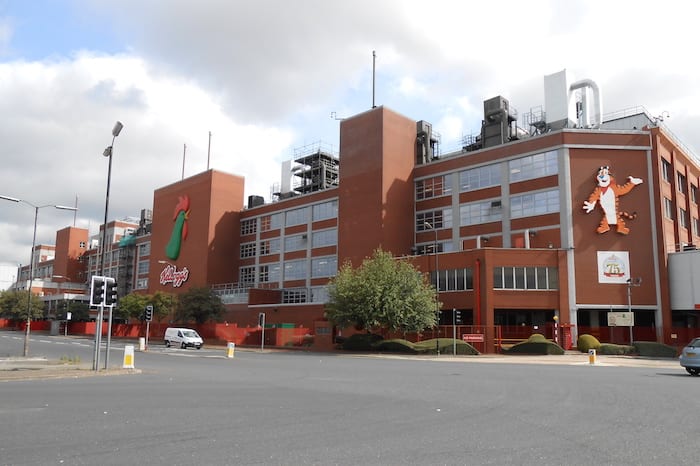
In 1997, Rice Krispies Squares hit shelves, based on the sweet, chewy childhood favourite. Honey Rice Krispies cereal followed in 1998, and Muddles in 2004.
In recent years, they’ve become a bit healthier. In 2010, Kellogg’s reduced salt in Rice Krispies by 30 per cent. In 2011 they added vitamin D, and in 2018 they reduced the sugar content by 20 per cent.
Earlier this year, Kellogg’s relocated its UK headquarters from Old Trafford to MediaCityUK. The manufacturing plant remains in Trafford Park, where it has been based since the 1930s.
“It’s great to see Rice Krispies clock up 90 years on the nation’s breakfast table and we don’t think Snap, Crackle and Pop look that bad for their age either,” said a spokesperson for Kellogg’s.
- This article was last updated 6 years ago.
- It was first published on 13 November 2018 and is subject to be updated from time to time. Please refresh or return to see the latest version.
Did we miss something? Let us know: press@ilovemanchester.com
Want to be the first to receive all the latest news stories, what’s on and events from the heart of Manchester? Sign up here.
Manchester is a successful city, but many people suffer. I Love Manchester helps raise awareness and funds to help improve the lives and prospects of people across Greater Manchester – and we can’t do it without your help. So please support us with what you can so we can continue to spread the love. Thank you in advance!
An email you’ll love. Subscribe to our newsletter to get the latest news stories delivered direct to your inbox.
Got a story worth sharing?
What’s the story? We are all ears when it comes to positive news and inspiring stories. You can send story ideas to press@ilovemanchester.com
While we can’t guarantee to publish everything, we will always consider any enquiry or idea that promotes:
- Independent new openings
- Human interest
- Not-for-profit organisations
- Community Interest Companies (CiCs) and projects
- Charities and charitable initiatives
- Affordability and offers saving people over 20%
For anything else, don’t hesitate to get in touch with us about advertorials (from £350+VAT) and advertising opportunities: advertise@ilovemanchester.com

National Trust Sky Gardening challenge brings nature to the city

NØELLE on finding freedom, inspiration and innovation in Salford’s creative scene
